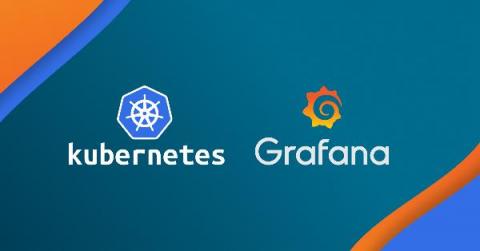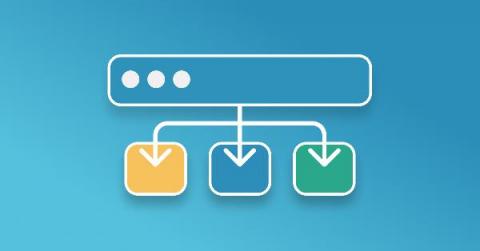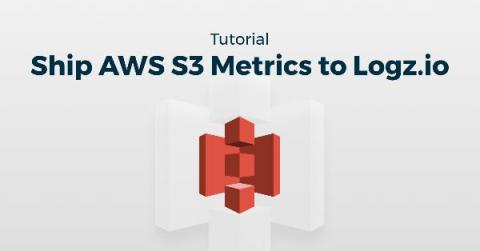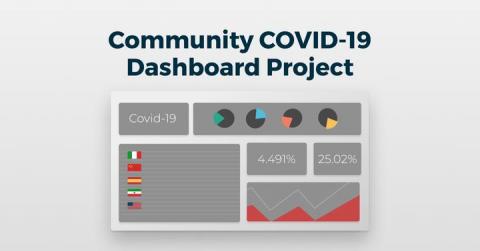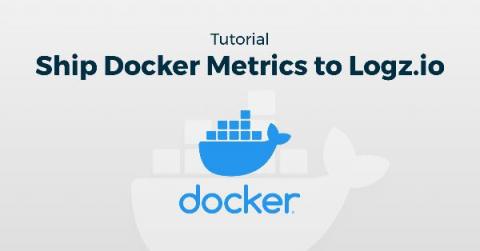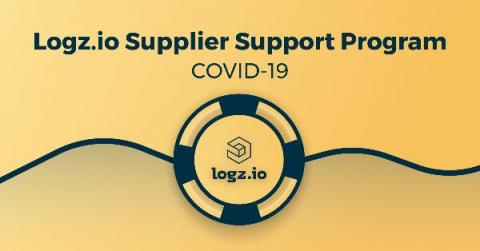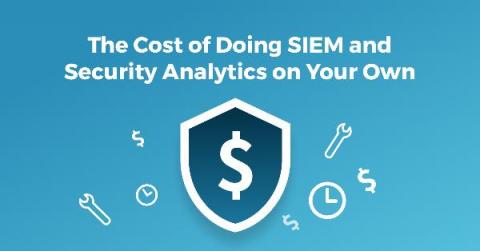Best Practices for Monitoring Kubernetes using Grafana
Microservices and containers have taken the tech industry by storm. Kubernetes is one of the tools that has evolved to manage these new aspects of software development. It is an open-source system for automating deployment, scaling, and management of containerized applications. One of the biggest challenges that organizations face when adopting Kubernetes is performing monitoring tasks in this dynamic environment.


